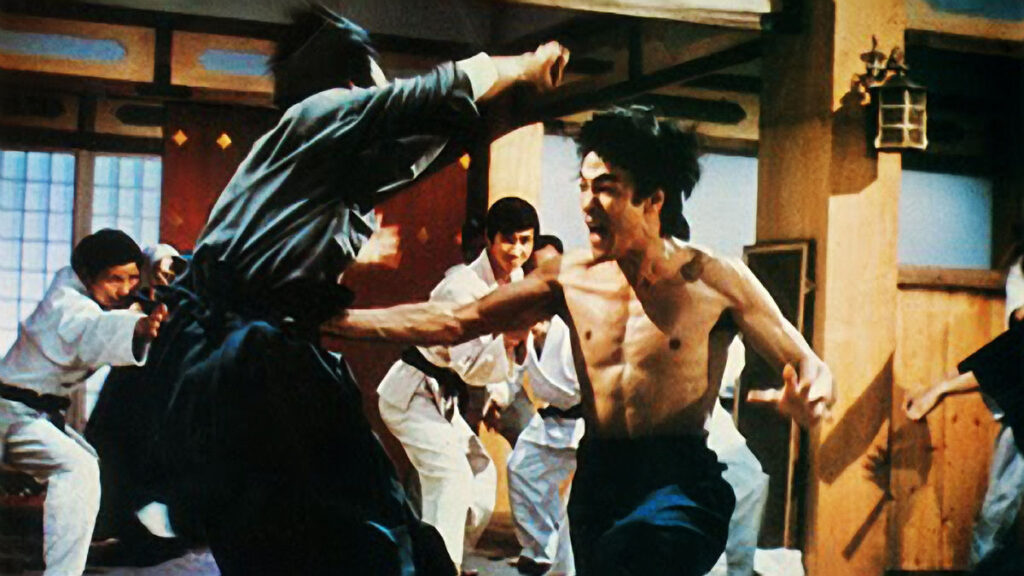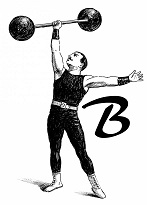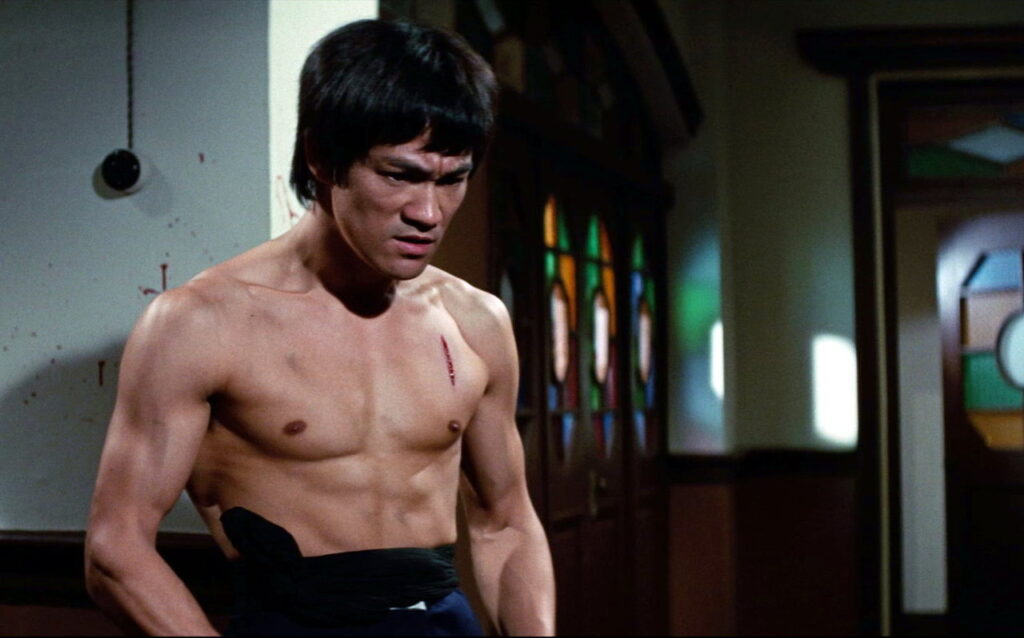Bruce Lee is synonymous with martial arts films.
His early martial arts films broke Box Office records in Hong Kong and portrayed martial arts in an entirely new light. The success of his films attracted the attention of Hollywood—Bruce Lee’s “Enter the Dragon” was the first Hollywood/Hong Kong co-production, starting the martial arts film craze in the USA. Despite his early death, he remains a legend in the martial arts world.
However, while Bruce Lee is indisputably a martial arts icon, his martial arts filmography is relatively small. Prior to his death, he was only involved in five action films, though “Game of Death” and “Enter the Dragon” were released posthumously. While “Enter the Dragon” is his most famous, “Fist of Fury” is his best.
Bruce Lee plays Chen Zen, a martial arts student who learns that his beloved teacher has been murdered and seeks to extract vengeance and restore the honour of his school. Set during the Japanese occupation of China, there is intense racial tension and Chinese nationalism throughout the film. The Japanese repeatedly taunt and insult Chen and the Chinese people. Chen’s rage and violence is not only to restore honour to his school, but also to his nation.
The fight scenes in ‘Fist of Fury’ are among the best of Lee’s career. The first dojo fight scene, where Chen challenges an entire room of Japanese karate fighters, is incredible. Lee punches and kicks faster than the eye can see and his ability with the nunchucks is remarkable.

His presence on-screen is powerful and immense, which the director utilizes to great effect. In the opening sequence, Chen enters a funeral in a stark white suit, standing out amidst the mourners clothed in black. The visual stylings of the fight scenes are similarly striking, often placing Chen Zen, shirtless and wearing black pants, surrounded by Japanese fighters in white karate outfits.
With the lone hero fighting to protect the community against an oppressive force, this film borrows many tropes from Western movies. In fact, the film’s score is reminiscent of Ennio Morricone’s spaghetti westerns. When paired with the striking visuals, it is easy to see how films like “Fist of Fury” may have influenced directors like Quentin Tarantino.
While there are obvious wins, there are also definite flaws in this film. Ludicrously bad dubbing affects the majority of early martial arts films, including this one, and the film is rough around the edges, as the script, direction, and acting are all unpolished and cheesy at times. Additionally, though there are less tonal problems here than the rest of Lee’s films, the romantic sub-plot is a little forced and there are some out-of-place humorous moments, such as when Lee dresses in costume to avoid detection.
In sum, Bruce Lee is a genuine star and “Fist of Fury” is arguably his best film, while suffering from the many issues plaguing early martial arts films. Though not a cinematic masterpiece, it is a must-watch for fans of martial arts movies and the legendary Bruce Lee.


